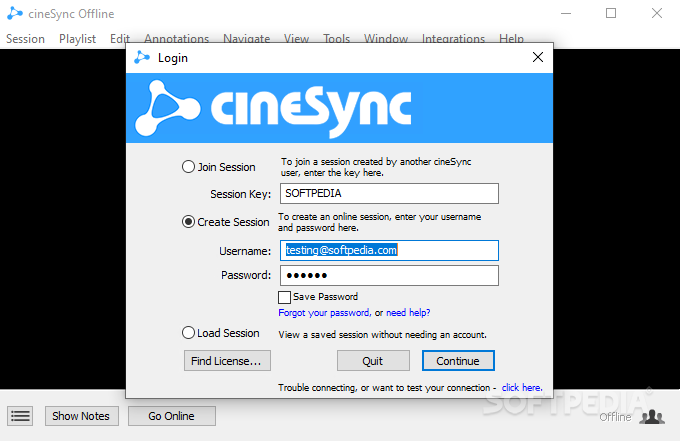


The Oscar-nominated superhero film involved a lot of magic, supernatural themes and lighting effects. It was recently used to produce Marvel’s Doctor Strange, which consisted of 1450 VFX shots carried out by more than 1000 artists, from a dozen facilities spread from North America to the UK to China and Australia. Since then, cineSync has won an Academy Award for Technical Achievement and is now regularly used by the big studios. Originally known as Rising Sun Research, it was first used in 2006 on Harry Potter and the Goblet of Fire and Superman Returns. “Now it happens during the entire production, from well before a shot is filmed right through to delivery.”Ĭospective was established in 2004 to help Adelaide-based VFX company Rising Sun Pictures (RSP) cater to a global clientele. “It used to be that you would spend a few months after the video had been shot that you would be doing the visual effects. “It means you no longer have people flying across the world to physically view elements that are going to be created – saving time and money but what it really saves is miscommunication,” he said. It is also a highly secure system that eliminates the need for file sharing and video streaming across third-party platforms.Ĭospective has recently rolled out its newest version cineSync 4.0 on iOS to allow for greater portability and added security.ĬEO Rory McGregor said cineSync had become the standard for VFX editing in Hollywood.
Video sharing cinesync software#
The updated software helps visual effects (VFX) teams work with different production crews around the world by creating drawing tools to point at elements in a frame, sketch new ideas and write text notes.ĬineSync allows movies that are being filmed in remote locations to have all of their visual effects edited in Australia or Hollywood simultaneously, slashing the time taken for post-production. Now the company has revamped the program to be compatible with iPhones and iPads so directors, producers and editors can collaborate on edits almost anywhere. South Australian company Cospective developed cineSync for the film industry to edit and synchronise high-resolution footage in real-time in 2006.


 0 kommentar(er)
0 kommentar(er)
